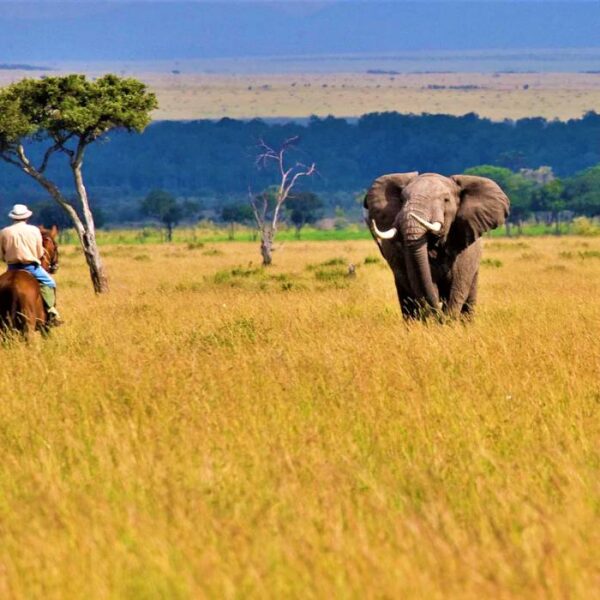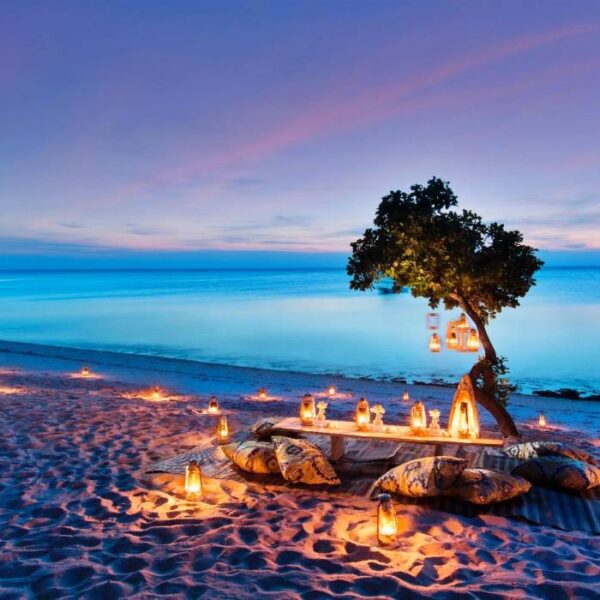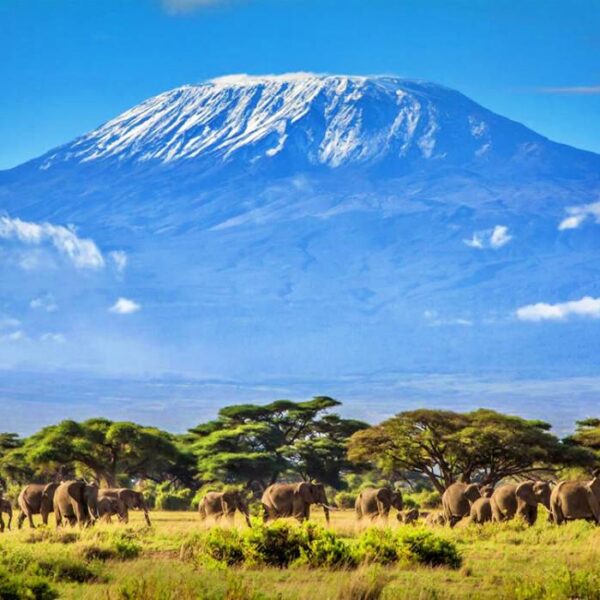Kenya is synonymous with epic wildlife encounters, stunning landscapes, and a vibrant culture that has attracted safari enthusiasts for decades. If you’re dreaming of an unforgettable safari adventure, Kenya is the perfect destination. From the sprawling savannahs of the Maasai Mara to the flamingo-filled lakes of the Rift Valley, the country offers something for every traveler.
Here’s your ultimate guide to planning the perfect Kenyan safari adventure:
1. Choose the Right Time to Visit
Kenya is a year-round destination, but the best time for a safari largely depends on the wildlife experiences you’re after.
- Dry Season (June to October): This is the prime time to visit, as wildlife is easier to spot due to the dry vegetation. It’s also the time of the Great Migration in the Maasai Mara, where over 1.5 million wildebeest, zebras, and gazelles cross from Tanzania’s Serengeti into Kenya. The dry season offers exceptional game viewing in most of Kenya’s national parks and reserves.
- Wet Season (November to May): This period, especially from November to December, is also a great time for a safari as the landscapes turn lush, and many animals give birth, leading to fantastic opportunities for spotting newborns and predators. April and May are considered the low season due to heavy rains, which may make travel difficult, but it’s also the least crowded time.
2. Select Your Safari Destination
Kenya offers a range of diverse ecosystems, each offering unique safari experiences. Here are some of the must-visit destinations:
- Maasai Mara National Reserve: Famous for the Great Migration, the Maasai Mara is the quintessential safari destination, offering the chance to see the “Big Five” (lion, leopard, elephant, buffalo, and rhino) along with cheetahs, hyenas, and a variety of bird species.
- Amboseli National Park: Known for its stunning views of Mount Kilimanjaro and large elephant herds, Amboseli provides incredible photo opportunities with the majestic mountain as a backdrop.
- Samburu National Reserve: Located in northern Kenya, Samburu offers a more remote safari experience with unique species like the reticulated giraffe, Grevy’s zebra, and the gerenuk (a long-necked antelope).
- Lake Nakuru National Park: This park is famous for its large flamingo populations and its success in rhino conservation, offering excellent bird-watching opportunities and chances to see rhinos up close.
- Tsavo National Park: One of Kenya’s largest parks, Tsavo is split into Tsavo East and Tsavo West. It’s ideal for travelers seeking fewer crowds and more diverse landscapes, from red-hued plains to lush oases like Mzima Springs.
3. Pick Your Accommodation Style
Kenya offers a variety of safari accommodations, ranging from luxury lodges to budget-friendly campsites. Choosing the right one depends on your comfort preferences, budget, and the type of experience you want.
- Luxury Lodges and Tented Camps: For a luxurious experience, opt for high-end lodges or tented camps that provide private suites, gourmet dining, and even personal butlers. Places like Governors’ Camp in the Maasai Mara or Ol Donyo Lodge in Amboseli are great choices for those seeking luxury in the wild.
- Mid-range Lodges and Camps: There are plenty of mid-range options that offer comfort without the hefty price tag. These lodges often include private rooms, en-suite bathrooms, and excellent game drives. Options like Kichwa Tembo Tented Camp in Maasai Mara or Samburu Sopa Lodge in Samburu provide good value.
- Budget-Friendly Camps: For the budget-conscious traveler, there are basic campsites and affordable tented camps. They still provide a great experience with guided safaris and simpler accommodations, offering a more authentic connection to nature.
4. Consider Different Safari Activities
While game drives are the most popular safari activity, Kenya offers a range of other exciting ways to explore the bush.
- Walking Safaris: Get up close and personal with nature on foot while guided by an expert ranger. Walking safaris are available in areas like Amboseli, Maasai Mara, and Laikipia, offering a thrilling, intimate experience of the bush.
- Hot Air Balloon Safaris: Float above the savannah in a hot air balloon, especially over the Maasai Mara. This early-morning activity offers breathtaking views of the landscapes and wildlife below, making it a once-in-a-lifetime experience.
- Cultural Tours: Engage with Kenya’s rich cultural heritage by visiting local Maasai, Samburu, or Turkana communities. Learn about their traditional ways of life, customs, and close ties to nature. Cultural experiences add depth and understanding to your safari.
- Night Game Drives: Some conservancies and reserves allow for night game drives, giving you a rare chance to see nocturnal wildlife in action. Predators like leopards and hyenas are often more active after dark.
5. Plan Your Safari Logistics
Safari adventures can be tailored to fit your travel style. Here are key logistical factors to consider when planning:
- Fly-in vs. Drive-in Safaris: For a more seamless experience, fly-in safaris are popular, especially if you’re short on time or want to reach remote areas quickly. Domestic flights connect major parks, making it easy to hop from Nairobi to Maasai Mara or Amboseli in under an hour. Drive-in safaris are more budget-friendly and allow you to experience Kenya’s scenic countryside.
- Guided vs. Self-Drive: Most visitors opt for guided safaris led by experienced guides who know the parks and can track wildlife efficiently. However, self-drive safaris are also an option in certain parks like Amboseli and Tsavo, offering more flexibility and independence if you’re comfortable navigating the terrain.
- Private vs. Group Safaris: A private safari provides a more personalized experience, where the itinerary is tailored to your interests. Group safaris are a great way to meet fellow travelers and can be more affordable, but they may be less flexible in terms of pacing and activities.
6. Don’t Forget the Essentials
Proper preparation can make or break your safari experience, so make sure to pack wisely and stay informed.
- Safari Packing List: Pack neutral-colored, lightweight clothing for game drives, a wide-brimmed hat, sunscreen, insect repellent, and sturdy shoes for walking safaris. Binoculars and a camera with a good zoom lens are must-haves for capturing wildlife moments.
- Vaccinations and Health: Check the vaccination requirements for Kenya well in advance, including vaccines for yellow fever, typhoid, and hepatitis. Malaria is present in many safari areas, so consult your doctor about taking antimalarial medication and always use mosquito repellent.
- Entry Requirements: Ensure your passport is valid for at least six months beyond your intended departure date, and check the visa requirements for your nationality. Kenya offers e-Visas, which can be applied for online before your trip.
7. Extend Your Adventure with a Beach Escape
A Kenyan safari doesn’t have to end in the bush. Kenya’s stunning coastline along the Indian Ocean makes it easy to combine your safari with a beach getaway. Diani Beach, Watamu, and Lamu are idyllic spots where you can unwind, snorkel in crystal-clear waters, or explore Swahili culture after your safari adventure.
Conclusion: The Adventure of a Lifetime
Kenya offers an unbeatable safari experience for both first-timers and seasoned travelers. With its diverse wildlife, scenic landscapes, and cultural richness, a safari in Kenya promises memories that will last a lifetime. Whether you’re witnessing the Great Migration, exploring the vast Amboseli with Mount Kilimanjaro as a backdrop, or immersing yourself in Maasai culture, Kenya’s safaris provide something special for everyone.
Plan your Kenyan safari adventure now, and prepare to embark on the trip of a lifetime!



